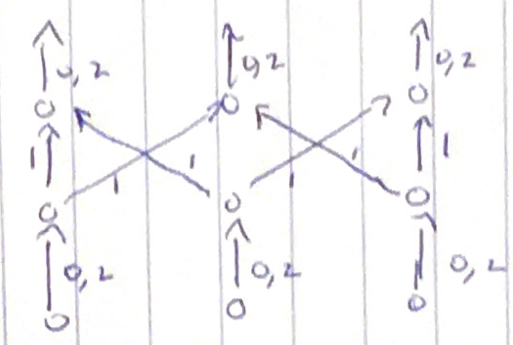Consider the maximum integral flow problem on a directed graph $G=(V,E)$ with integral capacities $c:E\to \mathbb{N}$. We have an additional constraint that for the set of edges in $F\subseteq E$, the flow value has to be even. Such flow is called $F$-even max-flow.
Is finding the maximum $F$-even max-flow NP-hard?
The gap between $F$-even max-flow and max-flow
Consider 2 edges $(s,v)$,$(v,t)$. where edge $(s,v)$ has capacity $2$, and $F=\{(s,v)\}$. $(v,t)$ has capacity 1. The max flow is 1 and $F$-even max-flow is 0. One can use this to construct larger examples.
The difference between $F$-even max-flow and max-flow is bounded by $|E|$. Setting $c'(e) = \lfloor c(e)/2 \rfloor$, we can compute a maximum flow with respect to $c'$. We can scale it to obtain a $E$-even max-flow with respect to $c$. The difference with the max-flow with respect to $c$ is at most $|E|$.
Maybe one can show it is bounded by $|F|$.



